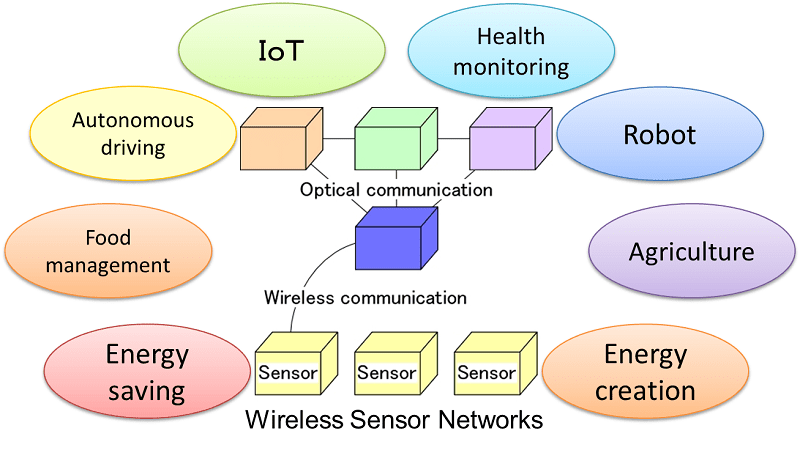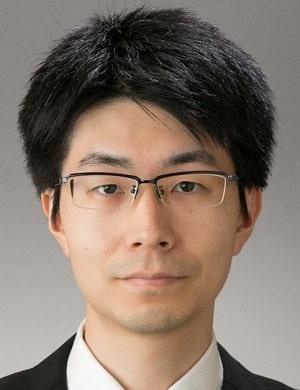December 2018 Issue
Topics
Advanced group IV materials and their applications for ICT devices
Takahiro Tsukamoto
Assistant Professor, Department of Engineering Science, UEC, Tokyo.
http://www.tsukamoto.es.uec.ac.jp/index.html
Near-infrared photodetectors on Si substrates have important applications in optical communications on a chip, and GeSn can improve infrared performance. At high Sn content, the Sn segregates causes fluctuations of the Sn content in GeSn layers, which degrades device performance. So there is strong motivation for developing growth techniques and improving the crystallinity of GeSn layers with high Sn content without Sn segregation. Furthermore, understanding physical mechanisms responsible to Sn segregation would clarify growth mechanisms and for the development of growth techniques of GeSn layers with high crystallinity.
Takahiro Tsukamoto has successfully formed GeSn layers on Si substrates by a unique sputter epitaxy method. Sputtering has low environmental impact and advantageous characteristics of high resource usability, high safety, and large-area deposition capability.
Tsukamoto has previously used sputter epitaxy for the fabrication of group IV semiconductor devices. Here, flat GeSn layers with 11.5% Sn content were obtained at a high deposition rate [1, 2]. These results showed that a high deposition rate limits Sn surface segregation and enables the growth of GeSn layers at relatively high temperatures, resulting in improved crystallinity. The band gap of the GeSn layers with 8.4% Sn content was determined by Fourier transform infrared spectroscopy (FT-IR) measurements and was about 0.52 eV, which indicates that band-gap narrowing occurs.
GeSiSn is a promising material for future electronic devices because the band-gap and lattice-constant can be controlled separately and group IV lattice-matched heterojunction devices can be achieved. Tsukamoto formed GeSiSn layers on Ge substrates by sputter epitaxy. The theoretical band offset of the GeSiSn/Ge heterojunction is about 0.2 eV in the conduction band. TEM observation showed that a highly crystalline GeSiSn/Ge hetero epitaxial layer was obtained. Furthermore, Tsukamoto successfully formed group IV lattice-matched quantum well structures. The interface between GeSiSn and Ge was sharp and with a GeSiSn barrier layer with about 2 nm thickness. These quantum wells can be applied for the formation of quantum effect devices.




